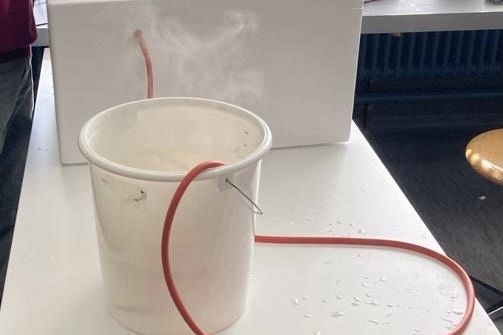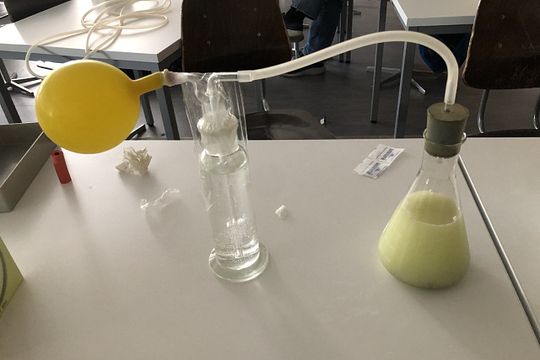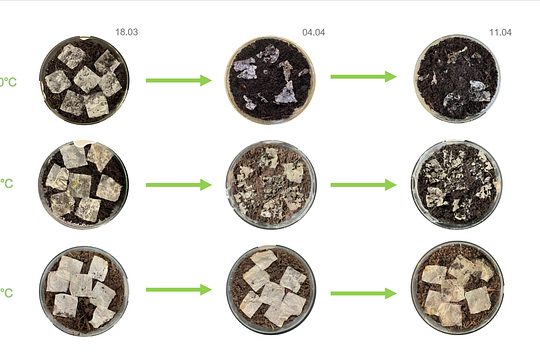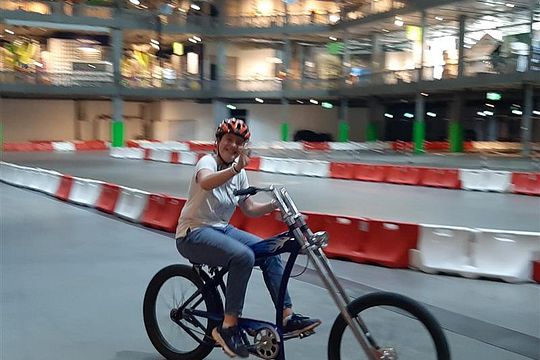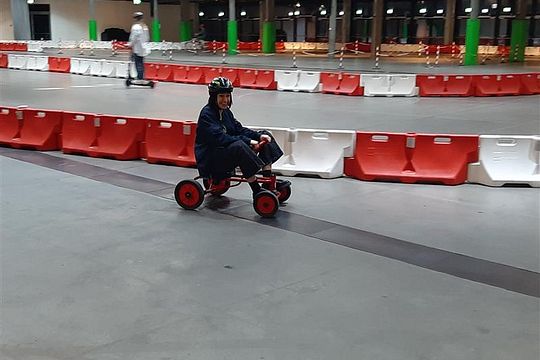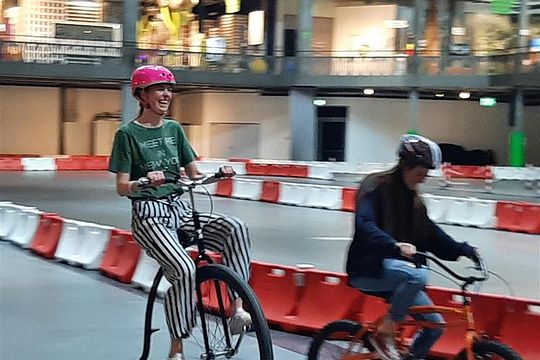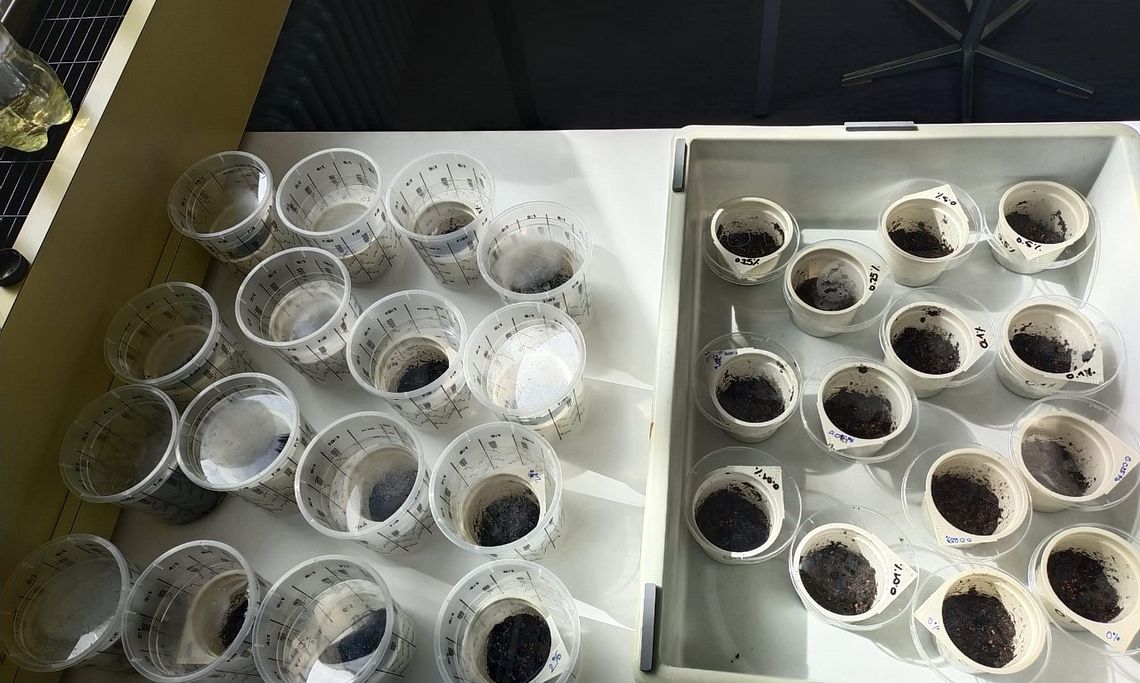Group4Project
“The group IV project is a collaborate activity where students … work together on a scientific … topic, allowing for concepts and perceptions from across the disciplines to be shared … to develop an understanding of the relationships between scientific disciplines and their influence on other areas of knowledge.
The group IV project allows students to appreciate the environmental, social and ethical implications of science and technology. It may also allow them to understand the limitations of scientific study, for example, the shortage of appropriate data and/or the lack of resources. The emphasis is on interdisciplinary cooperation and the processes involved in scientific investigation, rather than the products of such investigation.
The choice of scientific or technological topic is open but the project should clearly address aims 7, 8 and 10:
- “develop and apply 21st century communication skills in the study of science.
- become critically aware, as global citizens, of the ethical implications of using science and technology.
- develop an understanding of the relationships between scientific disciplines and their influence on other areas of knowledge.
The 10 hours allocated to the group IV project, which are part of the teaching time set aside for developing the practical scheme of work, can be divided into three stages: planning, action and evaluation.”
Taken out of IBO 2014 documents (Biology guide)
During Technikwoche IB classes participate in a group 4 project, one is allowed to choose any experiment around a specific topic. Our class chose “Sustainability” as our group 4 project topic.
On our excursion we went to the “Umweltarena Spreitenbach”, where we could use different vehicles.
In our experiment we explored the effect of certain chemicals (Calcium Hydrogen Phosphate and Ammonium Nitrate) on algae growth measured in the degree of light absorbance. We decided on using four jars with different contents to analyze the differences by using a light spectrometer that made possible the collection of the data. Unfortunately we realized that micronutrients were missing and therefore the algae could not grow.
Carolina, Lilli, Nathalie, 5i
Our Group IV project aimed to simulate the short-term effects of petrol-contaminated soil on plants, e.g., plants which grow close to highways or petrol stations. Conducting a biology experiment and evaluating the results gave us the answer to the following research question: “What is the effect of increasing petrol concentrations (0%, 0.01%, 0.025%, 0.05%, 0.1%, 0.25%, 0.5%, 1%, 2%, 2.5%, 5%, 10%, 20%, 50%, 100%) in soil on the germination rates and plant lengths of cress (L. sativum)?” There is a correlation between petrol concentration and germination rate/shoot length – concentrations below 1% petrol inhibit germination and growth of cress plants.
Timea, Lena, Estella, 5i
To investigate the influence of acid rain, which is caused by pollution, on plants, our group decided to test how different acid concentrations would affect the growth of cress plants. We expected: If the acid concentration is increased, then the cress will grow more slowly, so the shoot length after 72 hours will be shorter. In addition, at a certain acid concentration the cress will not grow at all and die. The cress grew best at 0.002% acid concentration -> this might be the optimum pH (5). At higher concentrations, cress grew very little or not at all -> too much acid is detrimental to cress growth.
Sophie, Alessandra, Maya, Elena, 5i
For our Group IV Project experiment, we produced hydrogen using two different methods, hydrolysis and chemical production, and compared the two methods. We then decided that hydrolysis was the better method due to its more sustainable and safe process. Finally, we decided to measure the rate of hydrogen production at different voltages, and we concluded that 20-30V is most efficient.
Sebastian
Our research question was: “What is the effect of different heating surface areas and water flow speed on temperature in a closed environment (inside a styrofoam box)?” We were interested in this because heating systems are used in every household and we were interested in finding a way to optimize the ratio of energy put into and heat received by heating systems. Our data show that if the surface area of a heating system in a closed environment is decreased, then the temperature rise inside the environment also decreased. The faster the water flows through the tube the less the temperature was.
Julien, Ruben, Hiroto, 5i
For our Group4Project, we wanted to examine how well biodegradable napkins actually work. We used compost from a classmate’s garden to store the biodegradable napkins in, and exposed it to different temperatures ranging from -20° to 65°C. Over the period of the next month, we observed how well the compost works at the different temperatures by calculating the remaining surface areas of the napkins – at room temperature the napkins were almost fully degraded.
Helin, Sophia, Carla, Julia, 5i
